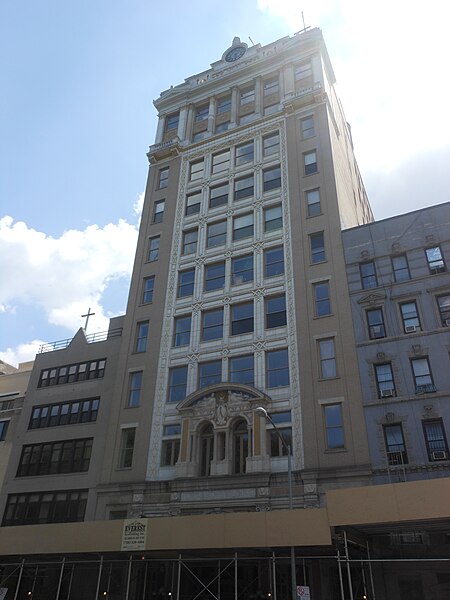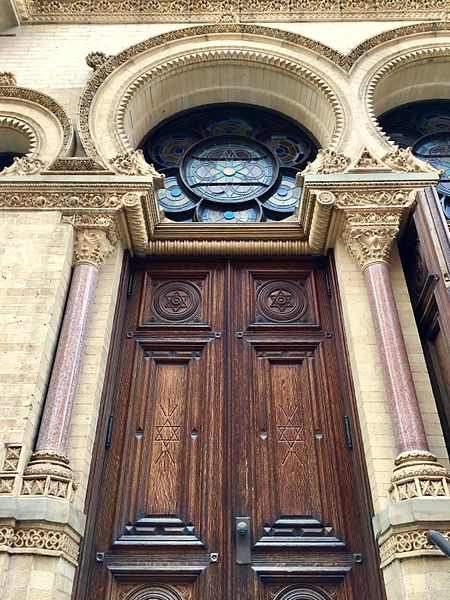
Welcome back to Weekend Writing Warriors and Snippet Sunday, weekly Sunday hops where writers share 8–10 sentences from a book or WIP. The rules have now been relaxed to allow a few more sentences if merited, so long as they’re clearly indicated, to avoid the creative punctuation many of us have used to stay within the limit.
This comes from “Rising from the Rubble,” from Saga VII (the 2000s) of my magnum opus Cinnimin, which begins on 12 September 2001. Eighteen-year-old Raizel Brandt-van Acker, who was brought to safety with seconds to spare, is now in NYU Downtown Hospital with broken legs and ribs, stitches in her head, migraines, smoke inhalation, and PTSD.
She expected to find talkshows when she turned on the TV in the morning, but instead was confronted with horrifying replays of what happened yesterday, on every single channel. Most of these things she never saw because she was inside almost the entire time. These images trigger her into an intense flashback.

Raizel gasped for breath as she mentally replayed that moment when her tower had violently shaken again and a fireball soared up through her limited line of vision on the floor. In her mind, she wasn’t safe in the hospital, but still pinned under the desk on the 91st floor as acrid smoke choked the air and flames crept down from upper stories. The bed gave the illusion of shaking as though there were an earthquake, and her ears madly rang, as she replayed that fatal moment her life had been turned upside-down forever. If only she hadn’t gone to the window to investigate the source of the strange loud noise coming closer and closer, she might not have been trapped alone, and she would’ve been able to evacuate on foot immediately. Now she was a helpless hospital patient who couldn’t walk, all because curiosity got the better of her at the worst possible time.
“Just breathe in and out, Miss,” she heard an unfamiliar female voice instructing. “Take long, slow, deep breaths. You need to breathe normally for the sake of your recovery, particularly your broken ribs.”
Raizel was jolted back to her surroundings by this reminder that she was far from the grisly scene being replayed on TV, and in a very safe place. She focused on her breathing and took the requested slow, deep, long breaths to get air back into her lungs.
The ten lines end there. A few more follow to finish the scene.
Within a few minutes, the terror had passed, and she was inhaling and exhaling normally again.
“Isn’t there anything else on TV but news?” Raizel asked, speaking slowly to avoid losing control again. “I don’t want to see all that on every channel. Bad enough I had to live through it yesterday.”
The nurse shut off the TV. “All the major stations are broadcasting news nonstop. It’s just like when JFK was assassinated when I was a child. Normal life won’t resume for quite some time. Why don’t you have some breakfast and then go back to sleep? You need a lot of rest after major surgery. I’ll also send orders to refill your IVs. My name is Denise, by the way. I’m your morning nurse.”
































